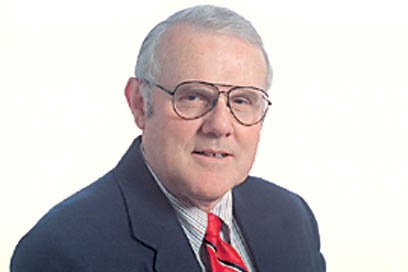“Mining comeback? Company Eyes Copper Extraction in Gifford Pinchot Forest.” That eye-catching headline capped a Columbian story Aug. 1, 2005.
Five years later, on June 27, 2010, The Columbian printed this story-topper: “New mining company wants to drill in Gifford Pinchot.” The story concerned drilling exploration in the same area, the Mount Margaret Backcountry about 12 miles northeast of Mount St. Helens.
Indeed, this story keeps coming back to alarm area residents.
Mount Margaret, 5,868 feet high, and the Mount Margaret Backcountry — a hiker’s paradise — are time-worn, gritty, craggy and crusty. But their beauty will never fade unless aided by the hand of man in his never-ending quest for profitable resources.
Copper is in short supply and the price looks promising. Reuters reported July 9 that copper prices rose to $6,775 per ton Canadian on the London Metal Exchange. The headline: “Metals — Copper ends up on improving global demand signals.” In 2005, Ascot’s then-President Robert Russell said the “Southwest Washington mine could produce between 100,000 and 200,000 tons of copper per year,” according to a Columbian article by Erik Robinson.



